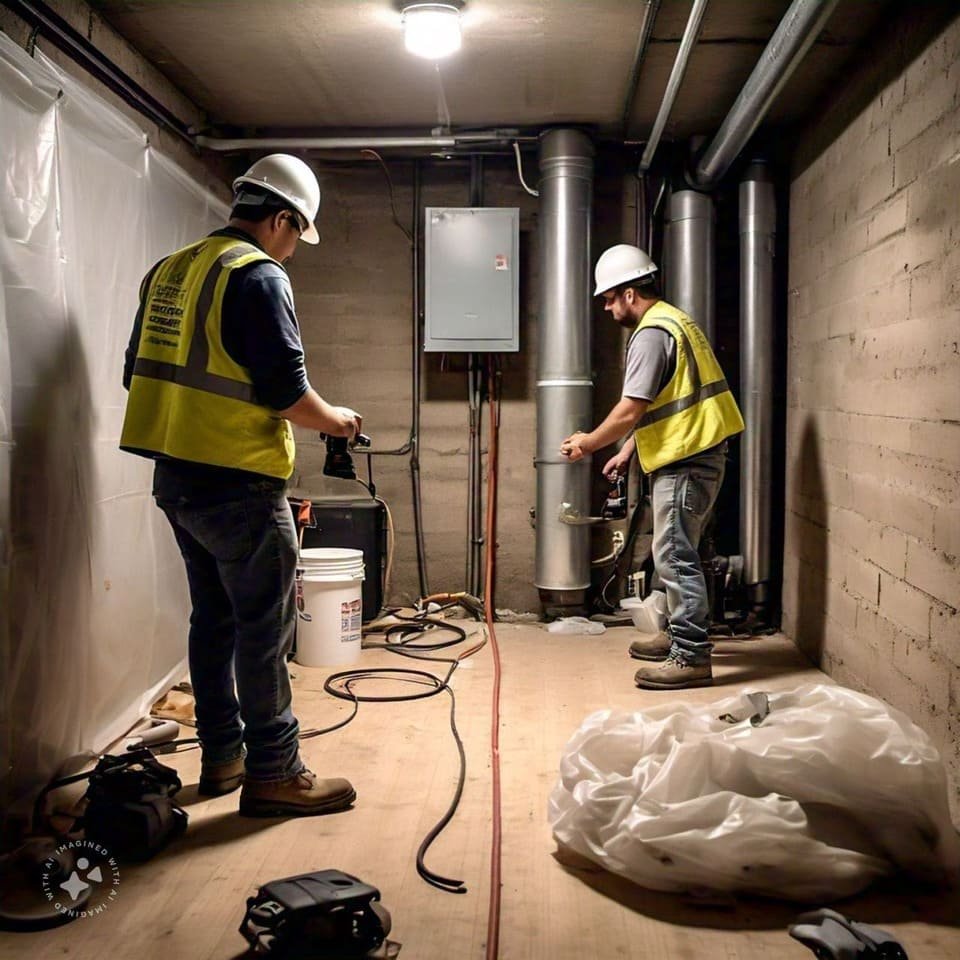If you’ve found out that your home has high radon levels, you’re probably wondering: How do we fix this? Don’t worry – radon mitigation isn’t as scary as it sounds. It’s basically like giving your home a breath of fresh air. Here’s how the process works.
Step 1: Inspection
First, experts need to check your home. They’ll:
– Measure the radon levels.- Inspect the foundation and basement.
– Look for cracks or gaps where radon can sneak in.
This is like a doctor checking for symptoms before diagnosing a problem.
Reach us for a quote: Radon Mitigation Cincinnati
Step 2: Designing the System
Based on what they find, they’ll design a system that best fits your home. The most common method is a sub-slab depressurization system, which is like giving the radon a way to escape without entering your home.
It involves:
– Installing a pipe under the foundation.
– Creating a suction system that pulls radon from beneath your house.
– Venting it safely outside, above the roofline.
This is like setting up a vacuum that sucks up bad air and releases it outside.

Step 3: Installation
Now, the magic happens. Here’s what the installer does:
– Drill a hole in the basement or foundation floor.
– Insert a PVC pipe into the hole.
– Attach it to a fan that helps suck radon from under the house.
– Seal the cracks and gaps around the pipe to make sure no radon can slip in.
It’s like sealing the cracks in a boat to make sure water doesn’t leak in, and adding a pump to push the bad stuff out.
Step 4: Testing
Once the system is in, it’s time to test again. The goal? To make sure radon levels are low. If all goes well, you can breathe easy knowing the radon is being vented out safely.
Maintenance
Radon systems are pretty low-maintenance, but they need a little check-up now and then:
– Make sure the fan is running.
– Look for any blockages or leaks in the pipes.
Think of it as checking your smoke detector. A quick glance now and then can save a lot of trouble later.
Why Install a Radon Mitigation System?
Because radon is a silent danger. It’s the second leading cause of lung cancer in the U.S. The good news? It’s preventable.
By installing a radon mitigation system, you’re protecting your family from a hidden risk. It’s like putting on a seatbelt – you hope you’ll never need it, but it’s a good idea just in case.
Key Takeaways:
– Radon is a dangerous gas that can seep into your home.
– A mitigation system pulls radon from under your home and vents it outside.
– Installation involves drilling, sealing, and testing.
– Regular maintenance is simple and important.
Got radon? Get a mitigation system. It’s a small step for your home, a big leap for your family’s safety.
